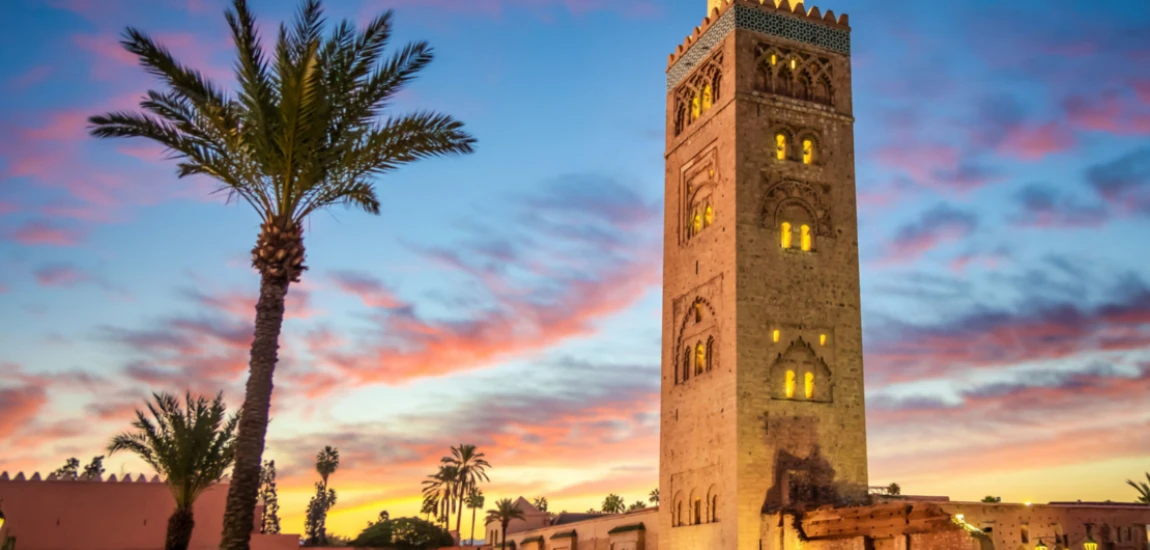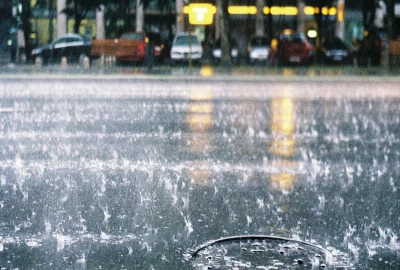The Night I Got Food Poisoning in Marrakech (And Still Recommend It)

I’ll be honest: nothing tests your travel resilience quite like food poisoning in Marrakech. Picture this—an ancient, enchanting city vibrating with energy, spice, and culture—and me, crumpled on the bathroom floor of a riad, questioning every culinary decision I’d made.
But here’s the twist: I still recommend Marrakech. Enthusiastically.
Marrakech, Morocco’s cultural heartbeat, is the kind of place that overwhelms you—in the best possible way. It’s a barrage of color, sound, taste, and motion. From labyrinthine souks to rooftop terraces and centuries-old palaces, it’s an experience that stays with you. But travel isn’t just about comfort; it’s about challenge, and sometimes, that challenge comes on a skewer of meat that wasn’t quite cooked through.
In this blog, I’ll share what led to my infamous night, how to stay safer than I did, and why Marrakech remains one of the most mesmerizing places I’ve ever visited—even if it briefly turned my stomach inside out.
Marrakech: A City That Feasts on the Senses
Marrakech doesn’t ask for your attention—it demands it. From the moment you enter the ochre city gates, your senses are on full alert. The scent of cumin, cinnamon, and grilled meats waft through the medina. Djemaa el-Fnaa, the famous central square, pulses with snake charmers, henna artists, acrobats, and street chefs. You don’t walk through Marrakech; you dive into it.
For food lovers, it’s paradise. Markets offer overflowing piles of dates, figs, olives, and preserved lemons. Food stalls sizzle with kebabs and tagines bubbling with lamb, apricots, and saffron. Bread is freshly baked, mint tea is always pouring, and street vendors call out with offers that are hard to resist.
Yet this intense sensory overload also comes with a learning curve. Not every food experience here is safe for tourists, especially if you’re not used to Moroccan bacteria levels or food hygiene standards. It’s easy to be lulled into culinary bravado, forgetting that even one wrong bite can lead to a very long night.
But that’s Marrakech. It’s not meant to be tamed or over-sanitized. It’s wild, raw, and beautifully real. If you let it, it’ll teach you lessons you didn’t know you needed—including a crash course in travel food safety.

The Skewer That Took Me Down: What Went Wrong
It started with good intentions: eat local, be adventurous, avoid the overpriced tourist restaurants. That’s what responsible travelers do, right?
I arrived at Djemaa el-Fnaa around dusk, just when the square begins to transform into an open-air restaurant. Fires are lit, smoke rises in plumes, and the air buzzes with aromas and anticipation. I wandered past dozens of food stalls before settling on one that looked popular with both locals and travelers.
I chose a mixed grill plate—a variety of meats served with bread and sauces. It tasted phenomenal: rich, charred, spicy. I congratulated myself for skipping the McDonald’s on the edge of the square and “going authentic.” But within hours, my stomach had other opinions.
Around midnight, I woke up feeling uneasy. By 2 a.m., it had escalated to full-blown food poisoning—chills, nausea, and multiple high-speed sprints to the bathroom. There was no denying it: the street food had betrayed me.
Looking back, I can see where I went wrong:
I didn’t check how long the meat had been sitting out.
I didn’t see the food cooked fresh—it was served already grilled and reheated.
I didn’t follow the locals; most Moroccans were eating at different stalls.
Still, I don’t blame Marrakech. I blame my poor food-safety judgment. And strangely, I don’t regret it. That night made me a smarter, more cautious traveler. And after a day of recovery, I was back on my feet—and back in love with the city.

How to Avoid Food Poisoning in Marrakech (But Still Eat Well)
Just because I got sick doesn’t mean you will. There are simple but crucial rules for eating safely in Marrakech, without sacrificing the joy of Moroccan cuisine.
Stick to Busy, High-Turnover Stalls
If locals are lining up, that’s a good sign. High turnover usually means fresh food and better hygiene. Avoid quiet stalls with pre-cooked meals sitting out for too long.
Watch Food Being Cooked
Don’t eat anything that hasn’t been cooked in front of you. Make sure meat is hot all the way through and watch for proper hand hygiene.
Be Careful with Raw Items
Salads, raw fruit (that you didn’t peel yourself), and dairy products can be risky. Stick to cooked vegetables and fruits like bananas or oranges that come with protective peels.
Avoid Ice and Tap Water
Always drink sealed bottled water. Don’t use tap water to brush your teeth. Skip the ice, as it may be made from unfiltered water.
Bring a Travel Health Kit
Your kit should include:
Electrolyte packets
Imodium (for emergencies)
Activated charcoal
Oral rehydration salts
A mild antibiotic (prescribed in advance)
Following these tips, you can enjoy Marrakech’s food scene with far less risk than I faced. It's all about informed decisions—not paranoia.

Why Marrakech Is Still Worth It—Food Poisoning and All
So here’s the truth: even with food poisoning, I don’t regret my trip. Marrakech is that special. It offers something that polished destinations can’t—rawness, character, chaos, and authenticity.
Where else can you:
Wander through 900-year-old medina alleys filled with spices and textiles?
Sip mint tea on a rooftop while the call to prayer echoes across terracotta rooftops?
Explore palaces, gardens, hammams, and labyrinthine souks in a single afternoon?
Even in sickness, I felt the magic of the place. My riad host brought me herbal tea and checked in regularly. Locals were warm and understanding. And when I returned to the streets after a day in bed, Marrakech welcomed me back with open arms and another blast of color and sound.
Travel isn't about perfection. It’s about experience—and Marrakech delivers experiences in spades. Food poisoning was a blip in a story I’ll retell for years. And believe me: the city’s charm runs far deeper than one bad meal.





